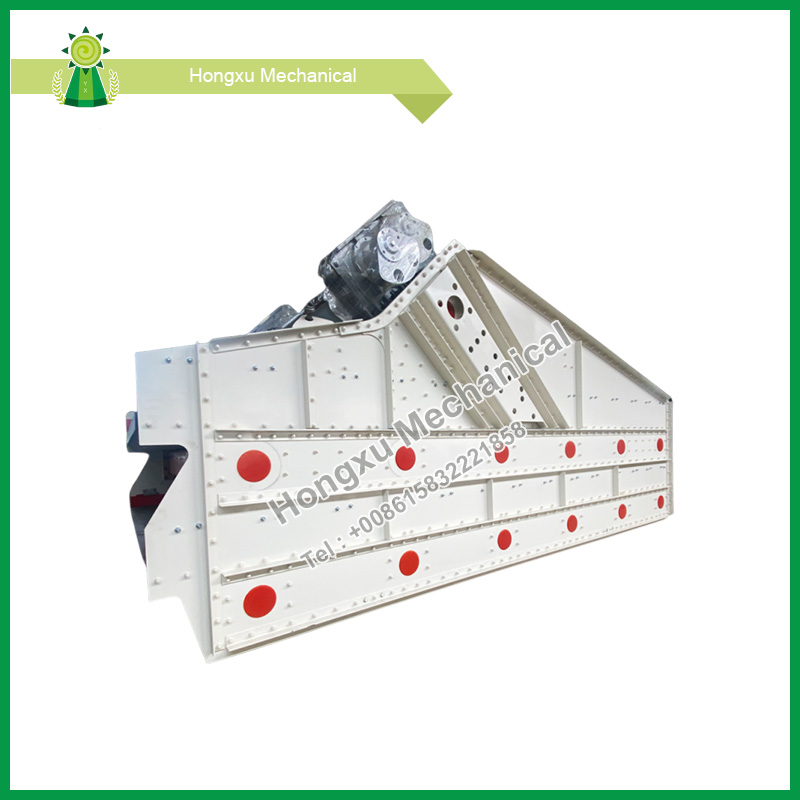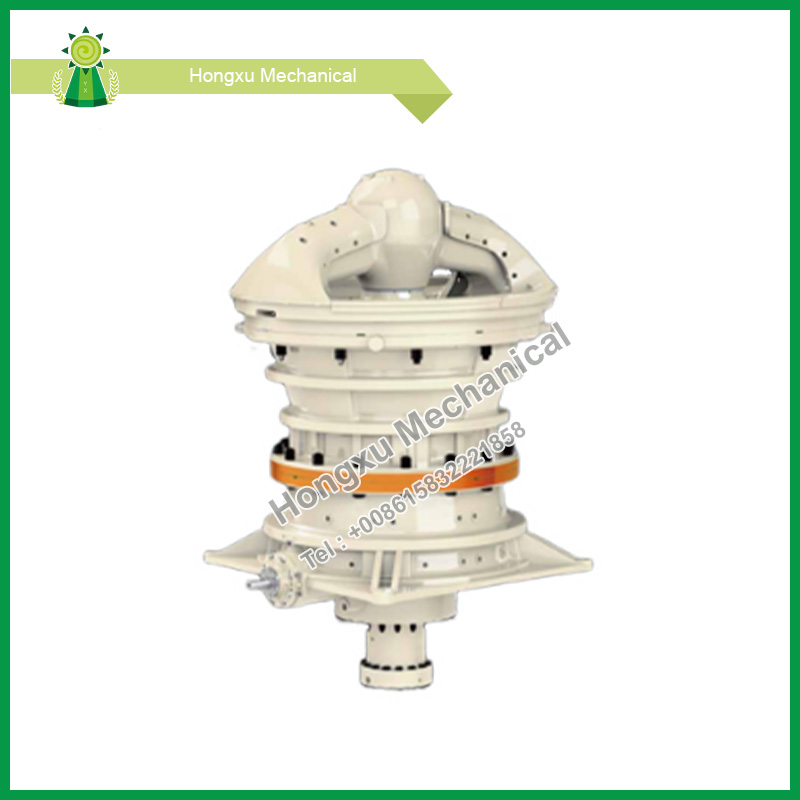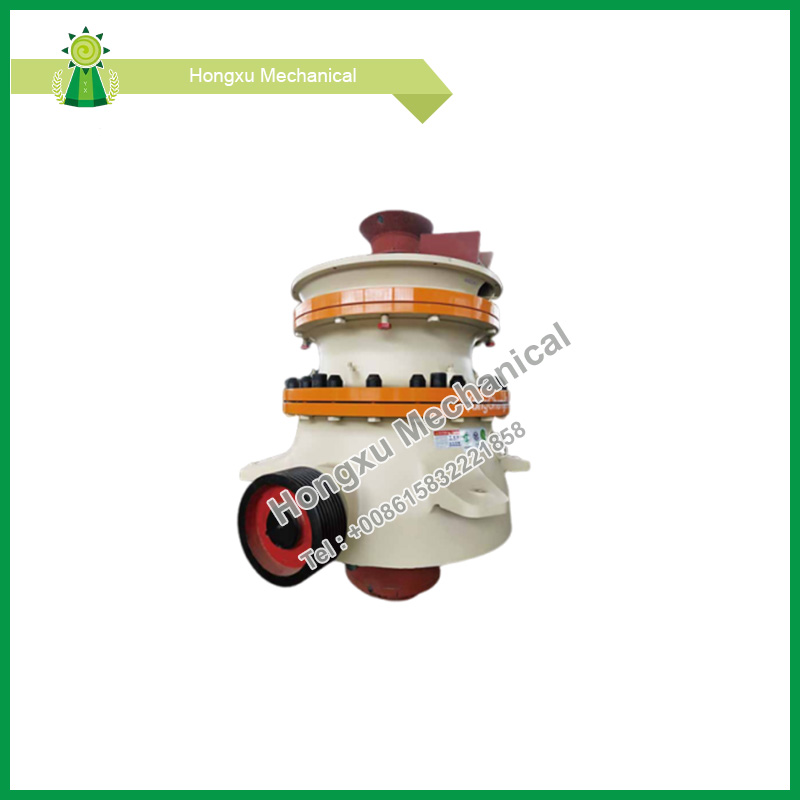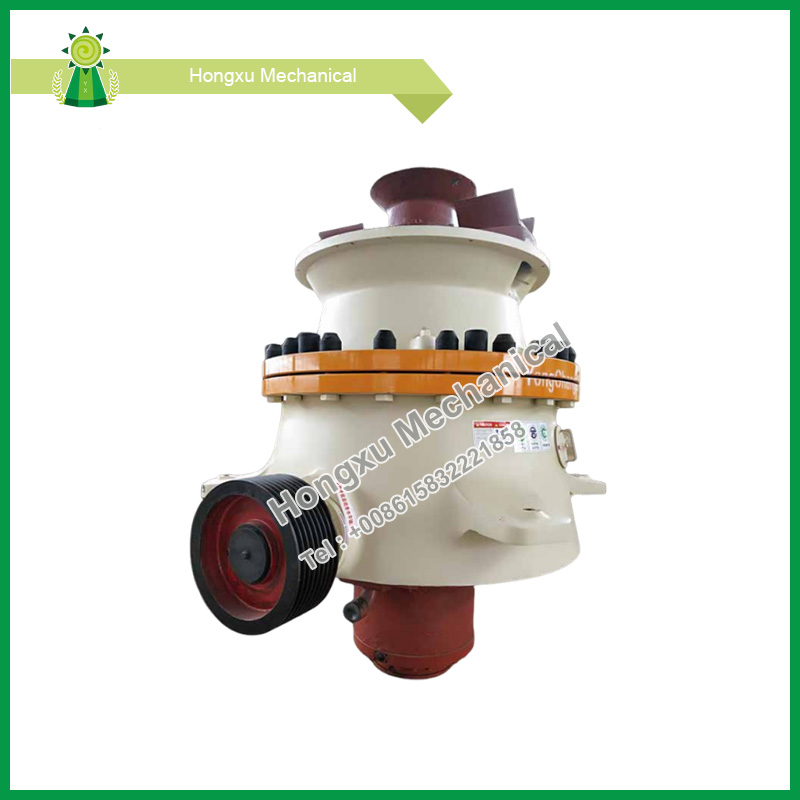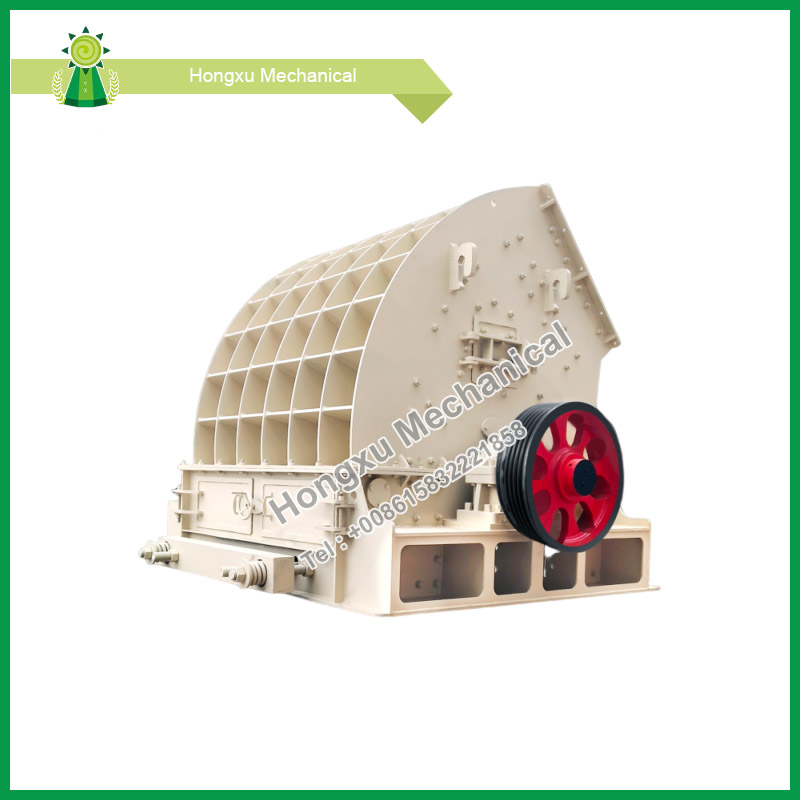- English
- Español
- Português
- русский
- Français
- 日本語
- Deutsch
- tiếng Việt
- Italiano
- Nederlands
- ภาษาไทย
- Polski
- 한국어
- Svenska
- magyar
- Malay
- বাংলা ভাষার
- Dansk
- Suomi
- हिन्दी
- Pilipino
- Türkçe
- Gaeilge
- العربية
- Indonesia
- Norsk
- تمل
- český
- ελληνικά
- український
- Javanese
- فارسی
- தமிழ்
- తెలుగు
- नेपाली
- Burmese
- български
- ລາວ
- Latine
- Қазақша
- Euskal
- Azərbaycan
- Slovenský jazyk
- Македонски
- Lietuvos
- Eesti Keel
- Română
- Slovenski
- मराठी
- Srpski језик
Linear Screen
Hongxu Machinery, a professional screening equipment manufacturer, presents the SLK linear screen. This screen features small height space occupation, large processing capacity and high efficiency. It is mainly used for ore washing, grading, desliming, deintermediation and dehydration, especially suitable for occasions where the net height of the workshop is limited or materials need to stay on the screen surface for a longer time. With our thoughtful after-sales support, it provides stable operation guarantee for screening operations in various industries.
Send Inquiry
The linear screen is a high-performance screening equipment with excellent comprehensive performance. It has large processing capacity and high efficiency, and is widely used in the grading, desliming, dehydration, deintermediation, recovery and impurity removal of various materials such as coal mines, iron ore, non-ferrous metal ore and sand and gravel aggregates.
The advanced and mature vibrating screen adopts dynamic characteristic analysis, finite element analysis, infinite fatigue resistance and high-quality manufacturing concepts. These design concepts ensure the screen machine has reasonable structure, minimum energy consumption and maximum screening capacity. It can adapt to various working environments prone to corrosion and wear.
Product Selling Point
Unlike ordinary linear screens that only fit general screening scenarios, It has unique advantages in two core scenarios: first, it takes up little height space, so it fits workshops with limited net height (like old factory renovations or underground ore processing workshops) without extra plant reconstruction; second, its screen inclination angle can be adjusted based on material traits and screening needs. For materials needing longer screening time (like high-moisture ore that clumps easily), you increase the screen’s angle—it slows material movement, ensures full contact with the screen, and improves fine particle screening accuracy. For bulk materials needing fast screening (such as dry sand and gravel), you reduce the screen’s angle; this speeds up material passing and boosts the equipment's processing capacity.
Product Usage & Maintenance Instructions
Usage Instructions :
1.Before starting the equipment, you check two things: first, if the connection bolts of the screen frame, vibration exciter and other parts are tight; second, if the vibration exciter’s lubricating oil is at the specified level—it should be between 1/2 and 2/3 of the oil window.
2.You start the linear screen empty first. After its vibration stabilizes (about 1-2 minutes), feed materials evenly. Don’t feed more than the model’s maximum processing capacity (see the technical parameter table) to avoid material piling on the screen surface.
3.During operation, you observe the screen’s vibration. If there is abnormal noise or eccentric vibration, you stop the machine right away to check and don’t operate it with faults.
Maintenance Instructions :
4.Daily maintenance: Every day after shutting down the equipment, you clean the screen surface to remove leftover materials (especially sticky ones) and prevent screen holes from blocking; you check if bolts are tight once a week.
5.Regular maintenance: Every 3 months, you replace the vibration exciter’s lubricating oil (use No. 32 mechanical oil); every 6 months, you inspect the screen mesh—if it has cracks or is too worn, you replace it in time.
6.Long-term storage: If you don’t use the equipment for over 1 month, first you clean the whole machine, then apply anti-rust oil on the screen frame surface and other metal parts, and finally cover it with a waterproof and dustproof cover to prevent rust.
What is the lifespan of a vibrating screen?
The lifespan of the linear screen varies by components and usage conditions. Under normal use—processing common materials like sand and gravel plus regular maintenance—It main structure (screen frame, support frame) can last 8-10 years, the vibration exciter 5-7 years, and wearing parts (screen mesh, shock-absorbing pads) need replacement every 3-12 months (faster for abrasive materials, slower for low-wear ones). To extend its lifespan, just do three simple things: filter out large impurities before feeding, replace the exciter’s lubricating oil every 3 months, and change worn screen mesh or shock-absorbing pads in time.







